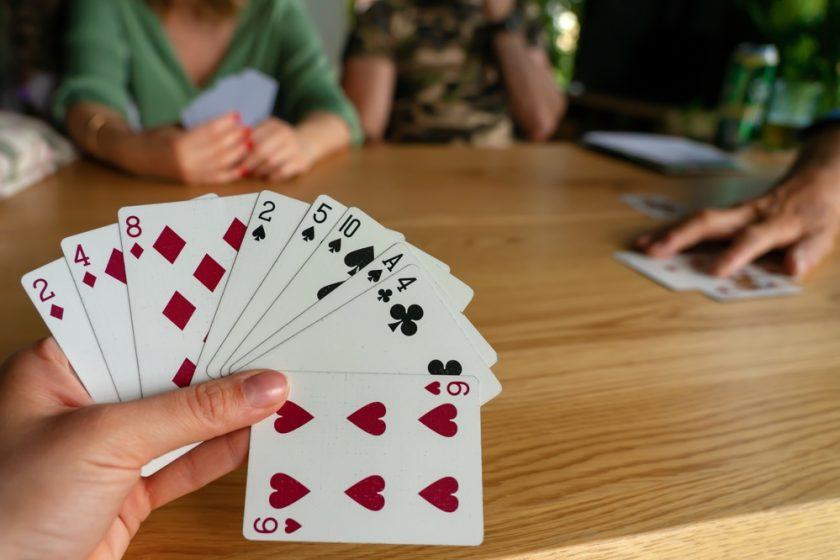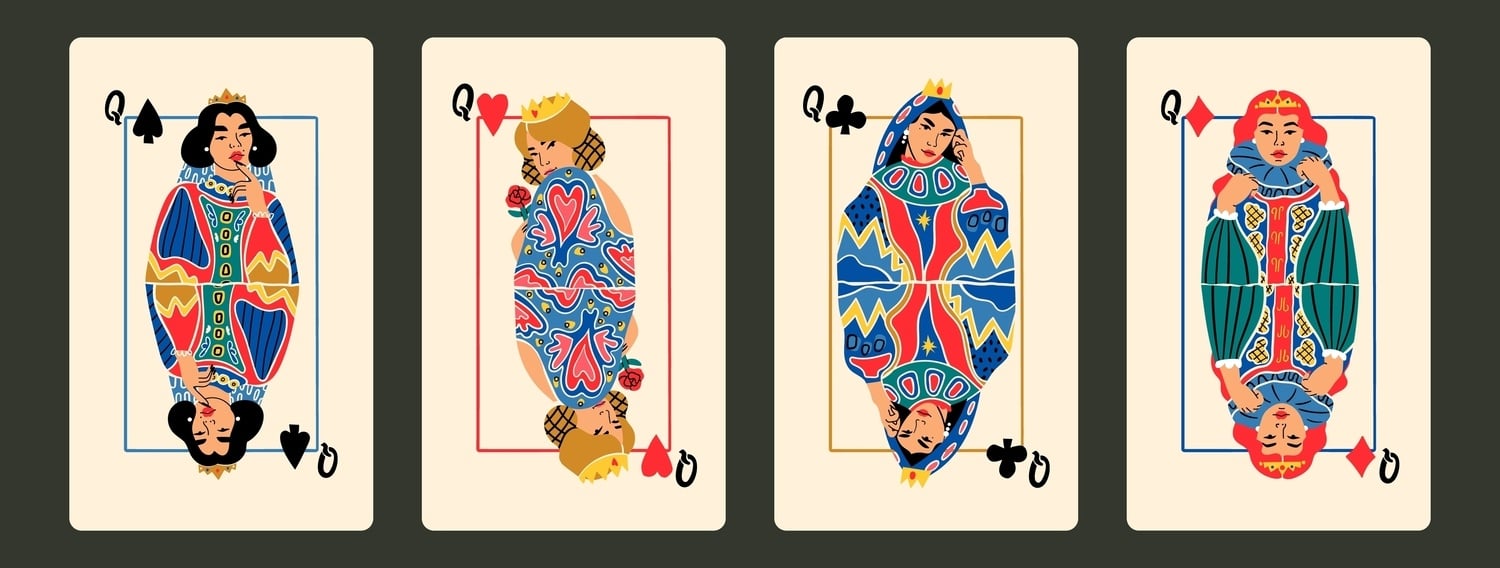Big 2 Card Game: Rules, Gameplay, and Strategies for Mastering This Classic

Understanding Big 2: Overview and Core Principles
Big 2, also known as Choh Dai Di (which literally means “Big Old Two” in Chinese), is a fast-paced, four-player card game beloved across Asia. The primary goal is straightforward-be the first to discard all of your cards. Each round, participants are dealt 13 cards from a standard 52-card deck, striving to outplay their opponents with superior hands. The twist that sets Big 2 apart from other shedding games is that the “2” is the top-ranking card, surpassing even the ace.
- Objective: Be the first to shed all your cards.
- Popularity: Widely enjoyed in Asia; incorporates familiar poker-style hands.
- Name Origin: The game is named for its highest card-the 2.
- Card Play: Players take turns playing higher-ranking hands to the pile.
- Scoring: The winner ends with zero cards, while others accumulate penalty points for remaining cards in hand.
Getting Started: Basic Rules and Gameplay Flow
Big 2 unfolds through structured turns that prioritize strategic shedding:
- Shedding: On your turn, attempt to play cards by matching or exceeding the rank and combination of the previous play. Only one combination or hand can be played per turn.
- Leading: The starting player (Lead) kicks off each round by laying down a card or hand. Players then play higher cards or hands of the same type. If no one can or chooses to play, the pile is cleared, and the player who made the last legal play becomes the new Lead.
- Climbing: Each new play must beat the previous one in both number and type of cards. For instance, a higher single card, a stronger pair, or a better five-card hand is needed to continue the round.
Rounds proceed with players shedding or passing until one clears all their cards. Subsequent rounds track scores, penalizing players with cards left in their hands.
Setup: How to Deal and Start a Big 2 Game
Setting up a game of Big 2 is simple and can be done for both in-person and online play. The process starts with shuffling a standard 52-card deck and dealing 13 cards, face-down, to each player in a counter-clockwise fashion. In digital versions, the software automatically sorts and distributes cards.
Generally, the player who receives their cards first, or the one holding the designated lowest card, begins the first round. This position could vary based on house rules, but the process remains straightforward across versions.

Image credit: Ramosh Artworks/Shutterstock
Card Rankings and Suit Hierarchy in Big 2
Understanding card value is critical for mastering Big 2. The hierarchy in this game is distinct:
- Card Order (High to Low): 2 (highest), A, K, Q, J, 10, 9, 8, 7, 6, 5, 4, 3
- Suit Precedence: From highest to lowest: Spades (♠), Hearts (♥), Clubs (♣), Diamonds (♦)
When two cards have the same value, suit breaks the tie-so 2♠ is the single strongest card in the game.
Card Combinations: Building Winning Hands in Big 2
Success in Big 2 relies on recognizing and deploying strategic card combinations. Each play must match the type of the previous hand, but rank higher. Here’s a quick breakdown of playable melds, from simplest to most powerful:
| Hand Type | Example | Relative Rank |
|---|---|---|
| Single | 3♦ | Lowest |
| Pair | 4♥ 4♣ | Low |
| Three of a Kind | 6♠ 6♣ 6♦ | Medium-Low |
| Straight | 6♠ 7♦ 8♠ 9♦ 10♣ | Medium |
| Flush | 2♠ 3♠ Q♠ 6♠ K♠ | Medium |
| Full House | J♦ J♥ J♣ 5♠ 5♥ | Medium-High |
| Four of a Kind | 7♥ 7♠ 7♦ 7♣ (+ single card) | High |
| Straight Flush | 9♣ 10♣ J♣ Q♣ K♣ | Highest |
- Single: Any one card, with suit breaking ties.
- Pair: Two cards of identical rank (any suit).
- Three of a Kind: Three cards, same value.
- Straight (Snake): Five cards in sequential rank, any suits.
- Flush (Flower): Five cards, same suit, ranks need not be sequential.
- Full House (Gourd): Three of a kind plus a pair.
- Four of a Kind (Bomb): Four identical cards, played with a fifth kicker.
- Straight Flush: Five consecutive cards, same suit-the rarest and strongest hand.
Scoring and How to Win in Big 2
Big 2 uses a points-based scoring system that penalizes players for cards remaining in hand after someone wins the round:
- Each remaining card: 1 penalty point.
- Extra penalties:
- 10-12 leftover cards: points doubled.
- Still have all 13 cards: points tripled (39 total).
- Objective: Lowest score after all rounds wins-reaching zero is perfect.

Image credit: Ramosh Artworks/Shutterstock
Strategic Approaches: Winning at Big 2
To get ahead in Big 2, consider these expert-recommended approaches:
- Lead with strength: Whenever you start a round, shed your most powerful combinations early. Don’t hesitate, as holding onto them can backfire.
- Control the play: By playing a strong starting hand, you can dictate the play style and limit your opponents’ options.
- Pay attention: Observe competitor plays closely to predict potential hands and adjust your tactics mid-game.
Expert Techniques: Advanced Big 2 Tactics
For seasoned players, enhancing your gameplay may involve card tracking. Since only one deck is in use, it’s possible to remember which cards have been played to gain an edge. By monitoring discarded cards, you can estimate which key cards remain, helping you decide whether to shed or hold certain combinations.
While this strategy doesn’t guarantee a win, it allows for smarter decision-making and helps you anticipate opponents’ possibilities.
Big 2 and Gambling: Ways to Place Bets While Playing
Big 2’s competitive structure naturally lends itself to gambling. Betting traditions tied to this game include:
- Wagering on which player has the top poker hand each round
- Placing bets on round winners
- Predicting the overall winner after multiple rounds
- Paying or collecting money based on the number of cards left in losers’ hands
Though less common online than staple casino games, digital versions of Big 2-both peer-to-peer and against virtual dealers-are available at select platforms.
Big 2: Why This Classic Remains a Favorite
The enduring appeal of Big 2 lies in its blend of simple rules with tactical depth. Easy to pick up, yet challenging to master, it’s perfect for both friendly gatherings and competitive play. With a strong foundation in poker-style hands and a unique twist on card rankings, Big 2 delivers a dynamic experience every time.
Whether you’re seeking a fun social game or a strategic challenge, Big 2 is a rewarding choice that brings friends together-or ignites spirited competition on gambling nights!
Title Image Credit: Ramosh Artworks/Shutterstock













